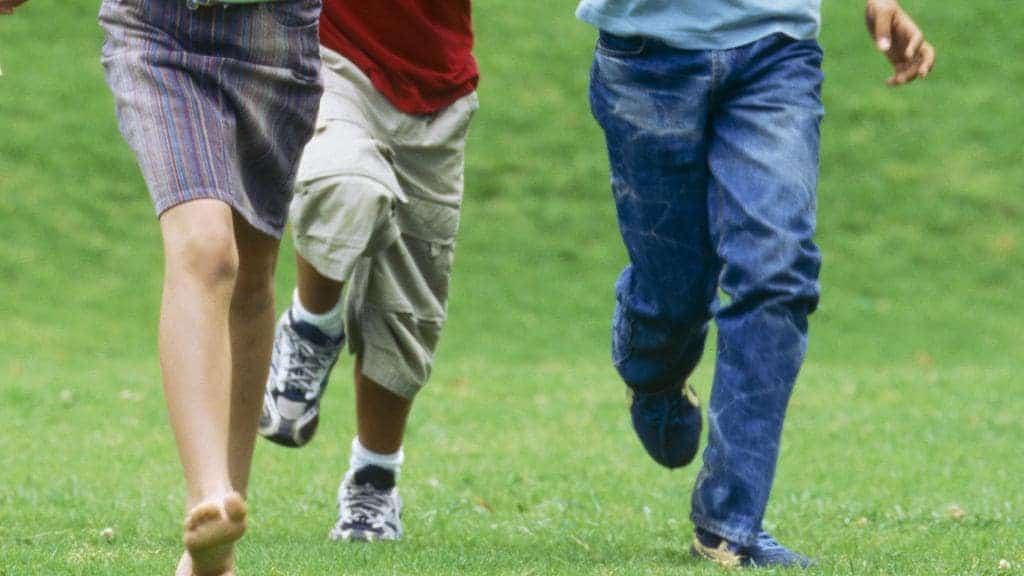More than 500,000 children a year injure themselves on playground equipment, according to the American Academy of Orthopedic Surgeons. Schoolyard injuries are a real threat. About 150,000 of these injuries are serious, with an average of 15 children dying each year in playground accidents.
Furthermore, consider three-fourths of playground injuries are a result of falls. So choosing an appropriate surface is the most important playground decision that school officials will make. Obviously, the same is true when considering a surface for a play area at home. In fact, about one-fourth of all serious playground injuries occur in the backyard, according to the U.S. Consumer Product Safety Commission.
Children typically fall off of monkey bars, swings, climbers and slides. Surprisingly, children are more likely to incur serious injury on playground equipment than they are in bicycle or car accidents.
The Consumer Federation of America, an advocacy group based in Washington, D.C., wants more stringent federal standards for playgrounds that include requiring up to a foot of sand, wood chips or other cushioning material under all playground equipment.
The Cause of Schoolyard Injuries
Synthetic lawns generally have a backing of rubber or a similar material. NewGrass™, a leading artificial grass, has a primary backing layer of urethane and a secondary backing of polypropylene.
Combined with their durability and being “live” all year long, artificial grasses are becoming popular alternatives for many schoolyards. This is especially true where natural grass simply won’t grow in playground areas. NewGrass™, a top-quality synthetic grass, is installs with a layer of fine sand within, and underneath, the blades.
This has the practical effect of keeping the blades lifted and looking fresh. On a play area or schoolyard, it has the added advantage of providing another level of cushioning.
Another playground culprit is the dust and dirt that schoolyards create. This is especially true when natural grass wears down. Ironically, a schoolyard with natural turf can also spawn allergens.
Itchy eyes and nose, nasal discharge, blocked nasal passages, sinus headache, sneezing, wheezing, coughing and shortness of breath are all symptoms of allergies. Dust, mold, pollen, grass or trees are culprits..
Allergies have no cure. They are an insidious schoolyard injury. Prevention is the only course of action – trying to eliminate or minimize a child’s exposure to allergens. Another option obviously is synthetic grass. NewGrass™, for example, broadloom-tufted fibers made from high-quality polyethylene or a combination of polyethylene and nylon. Neither component is an allergen. In addition, NewGrass™ is there for the kids to play on year-round. It’s a true eco-friendly alternative to natural grass.
NewGrass: A Solution for Schoolyard Injuries
Dobson Academy, in Chandler, Ariz. , chose NewGrass™ for several of its common and recreation areas for all of these reasons, officials said. They felt that the synthetic grass option was simply more practical. This was particularly true in a dry desert climate with topography unfriendly to natural grass.
The Arizona State University Children’s Campus Center, in Tempe, had NewGrass™ installed for similar reasons. They were concerned for the safety and health of the children they care for daily. They also wanted the other benefits artificial grass offered.
So if you need a solution to your playground woes, NewGrass can help. We have the perfect product for your schoolyard, municipal or commercial project. Together we can minimize injury across the US. Artificial grass is a product that really makes a difference.


